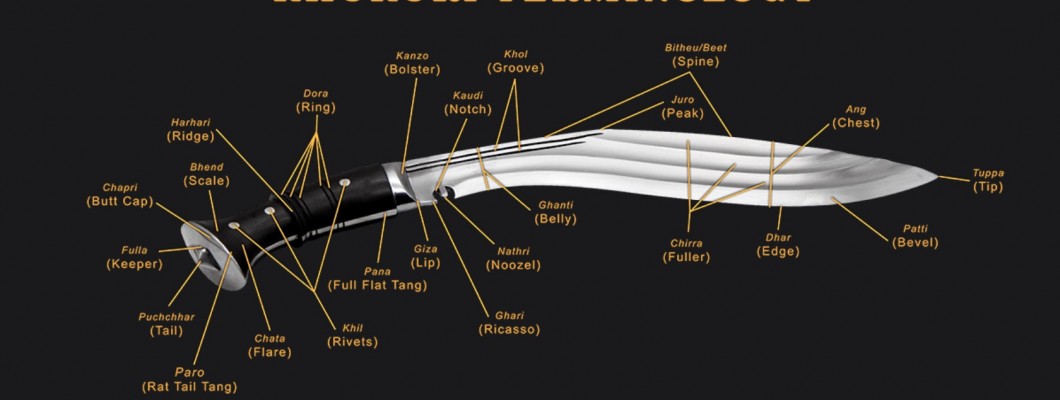
The khukuri is more than just a blade; it's a symbol of Nepali culture, history, and craftsmanship. With its distinctive curved shape and rich heritage, the khukuri has been used for centuries by Nepali soldiers, hunters, and villagers. For those who are passionate about this iconic weapon, understanding its terminology is essential. In this blog, we will delve into the key terms and phrases used when discussing the khukuri, exploring the anatomy, types, and traditional uses of this powerful tool.
1. Khukuri (खुकुरी)
The term "khukuri" refers to the blade itself. It is a unique, curved weapon traditionally associated with the Gurkhas, the famed Nepali soldiers known for their bravery and fighting spirit. The khukuri is characterized by its curved blade, a full tang (the blade extends into the handle), and a wide, sharpened edge that tapers to a point.
2. Kris (क्रिस)
Sometimes used interchangeably with "khukuri," "kris" refers to a similar type of blade with a slightly different shape. While the khukuri is a standard weapon, a kris may have a more pronounced curve and is often used in ceremonial settings.
3. Chirra (चिर्रा)
Chirra refers to the notch or curve on the blade of the khukuri. This unique feature is not just for decoration; it plays an important role in the cutting effectiveness of the blade. The notch helps to prevent the blade from getting stuck in the target, whether it be wood or bone.
4. Barmasa (बारमास)
Barmasa refers to the length of the khukuri's blade. In traditional khukuris, the length of the blade is a crucial characteristic, as it determines the weapon's versatility and function. Barmasa can vary depending on the type of khukuri.
5. Beti (बेटी)
The "Beti" refers to the handle of the khukuri. Traditionally made from wood, the handle may be adorned with carvings or fitted with leather to improve grip and comfort. The handle is designed to offer the user stability and control, particularly during combat or heavy use.
6. Jang (जंग)
Jang refers to the hilt or the pommel at the end of the handle. This part provides balance to the khukuri and is especially important when using the blade for combat or precision tasks. In many khukuris, the hilt is adorned with metal or other materials for decoration and practicality.
7. Khil (खिल)
The "Khil" refers to the spine of the khukuri, the portion of the blade opposite the cutting edge. It is usually thick and sturdy, contributing to the overall strength of the blade. The khil is a critical part of the blade's structural integrity and helps ensure it can withstand heavy tasks.
8. Senti (सेन्टी)
The term "Senti" is used to describe the guard or the bolster of the khukuri. This part is typically placed at the junction between the blade and handle to protect the user's hand from slipping onto the blade. It also provides added strength and stability to the construction of the khukuri.
9. Scabbard (सकबर्ड)
The scabbard is the protective covering for the khukuri. Traditionally, it is made of wood, leather, or metal and helps protect the blade from the elements and damage. The scabbard is also an important part of khukuri culture and often includes intricate carvings or designs, reflecting the owner's personality or status.
10. Kushti (कुश्ती)
Kushti refers to the belt or string that holds the khukuri in place when not in use. This part of the equipment is particularly important for soldiers and hunters who need quick access to their khukuris.
11. Bale (बाले)
The "Bale" refers to the sharpening stone or material used to maintain the sharpness of the khukuri. Regular sharpening is essential to keeping the khukuri functional, especially when used for heavy tasks such as chopping wood or cutting through tough materials.
12. Pala (पल) and Suri (सुरी)
"Pala" and "Suri" are terms used to describe the specific edge styles of the khukuri. The "Pala" is the back or blunt side, while the "Suri" is the sharp, cutting edge. The distinction between the two edges is important when it comes to how the khukuri is wielded and its cutting efficiency.
Types of Khukuris and Their Terminology
Khukuris come in many shapes and sizes, each designed for a specific purpose. Understanding the terminology behind different types can help collectors, users, and enthusiasts appreciate their uniqueness.
1. Sirupate Khukuri (सिरुपाते खुकुरी)
A Sirupate khukuri is a long and slim version, often used for general utility work such as cutting through bushes, clearing paths, or chopping wood. The name "Sirupate" comes from the Nepali word for "long leaf," describing the shape of the blade.
2. Keris (केरिस)
A ceremonial khukuri, often beautifully crafted with ornamental designs. These types of khukuris may not be used for heavy cutting but are valued for their artistry and cultural significance.
3. Bowie Khukuri (बोवी खुकुरी)
Inspired by the famous Bowie knife, this type of khukuri is designed with a broader, heavier blade for more intense combat or hunting use.
Conclusion
The khukuri is more than just a weapon; it's a tool of immense cultural value and historical significance. Understanding the terminology behind the khukuri allows one to appreciate the craftsmanship and purpose behind each part of the blade. From the functional design to the intricate details, the khukuri remains a timeless symbol of Nepali heritage.
Whether you're a collector, a historian, or just someone who admires the blade, understanding khukuri terminology is an essential part of respecting this iconic tool.


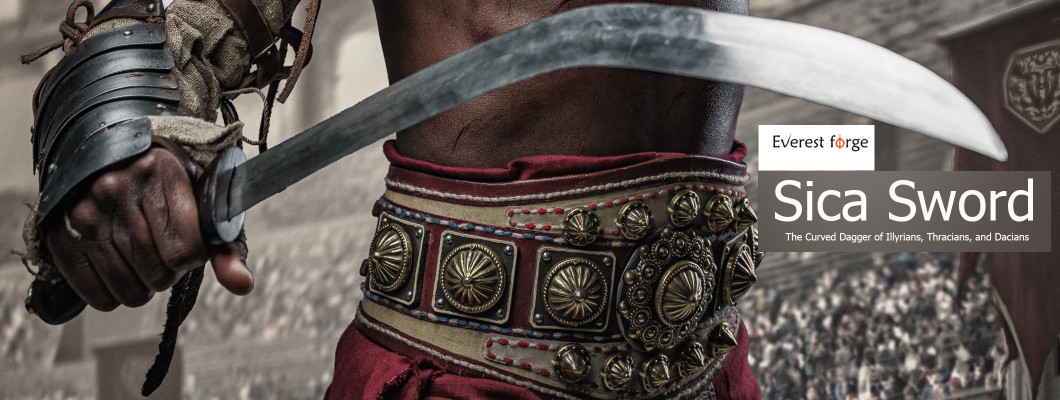

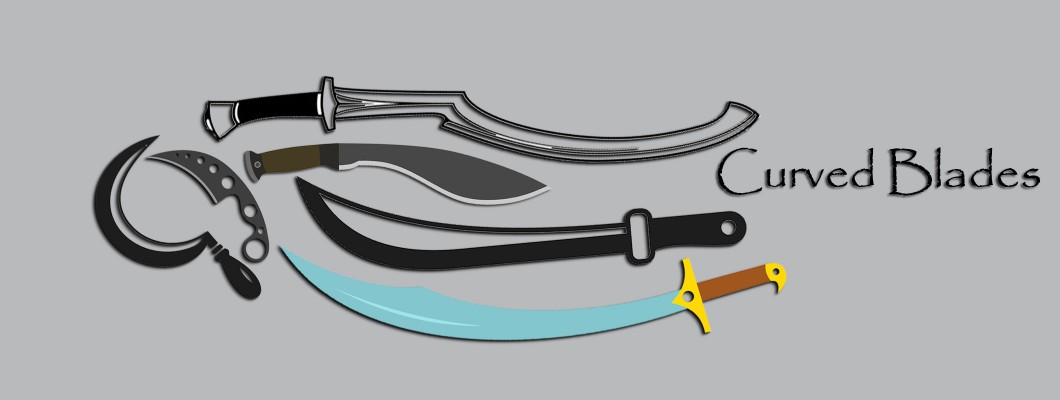
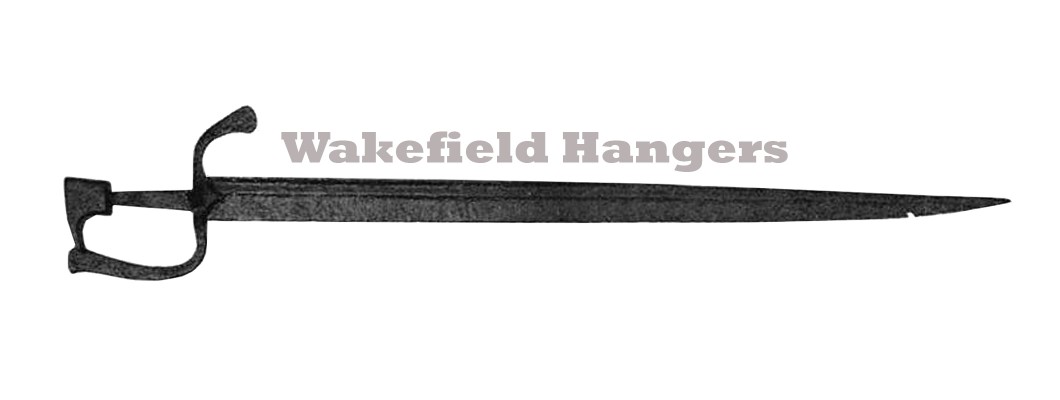
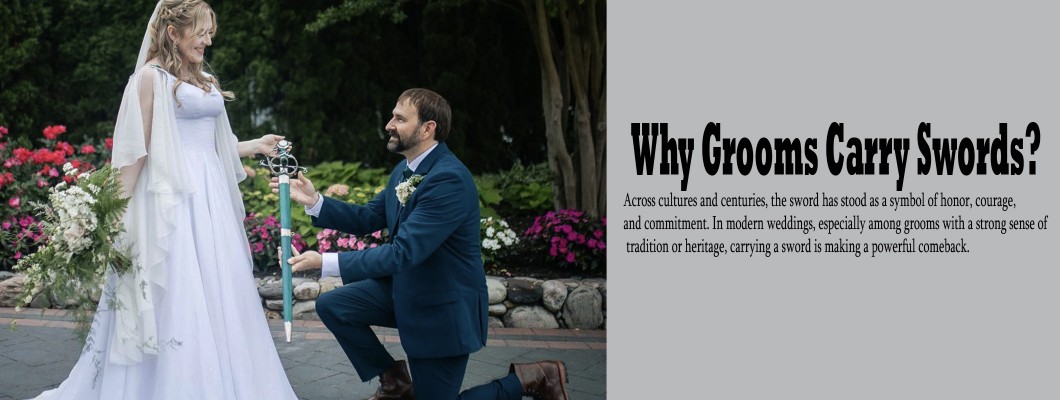
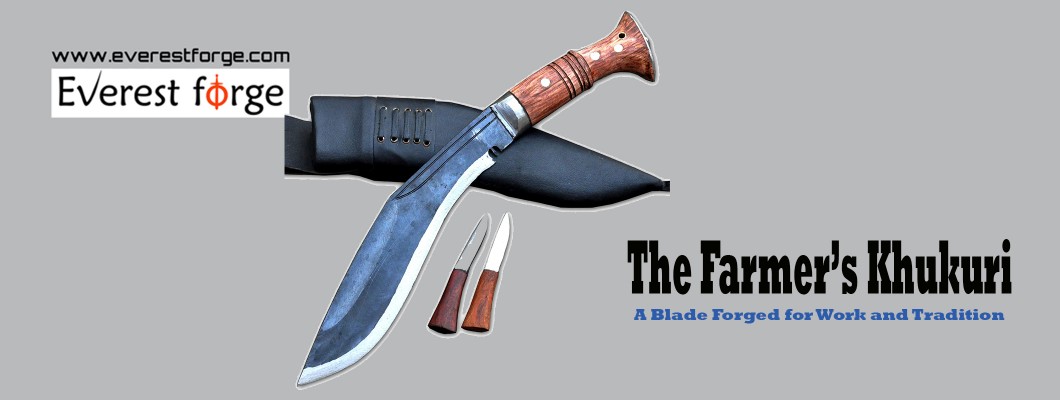
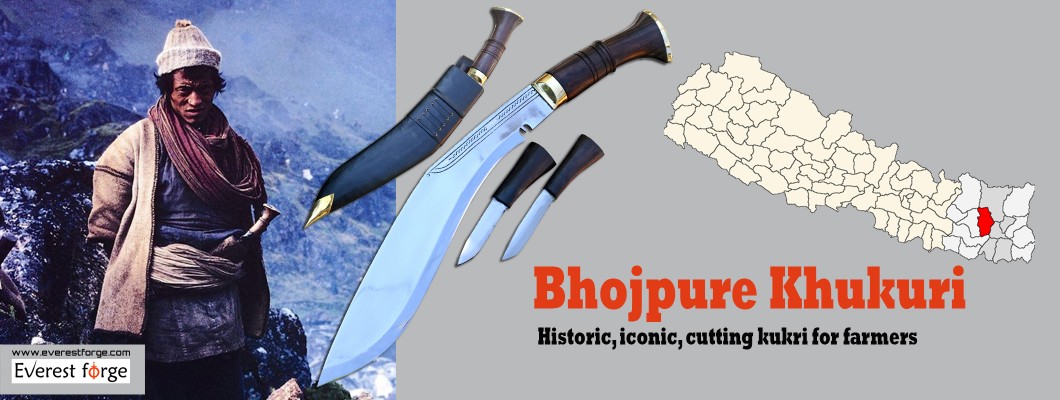
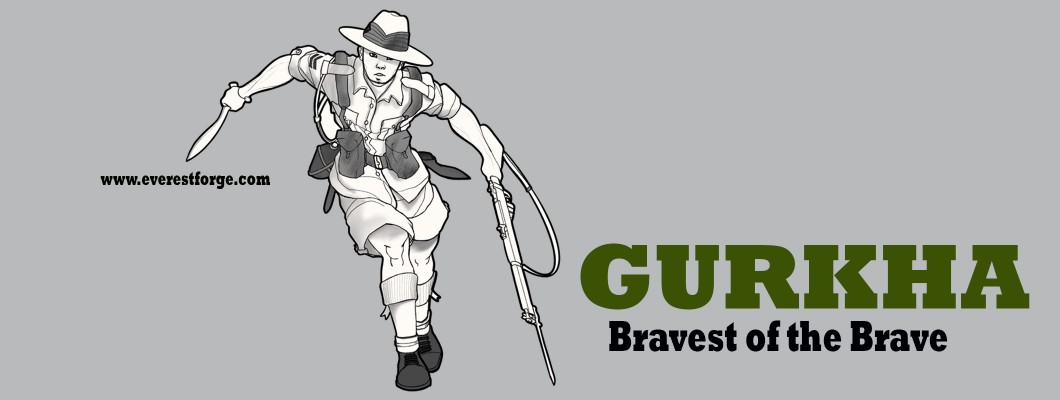
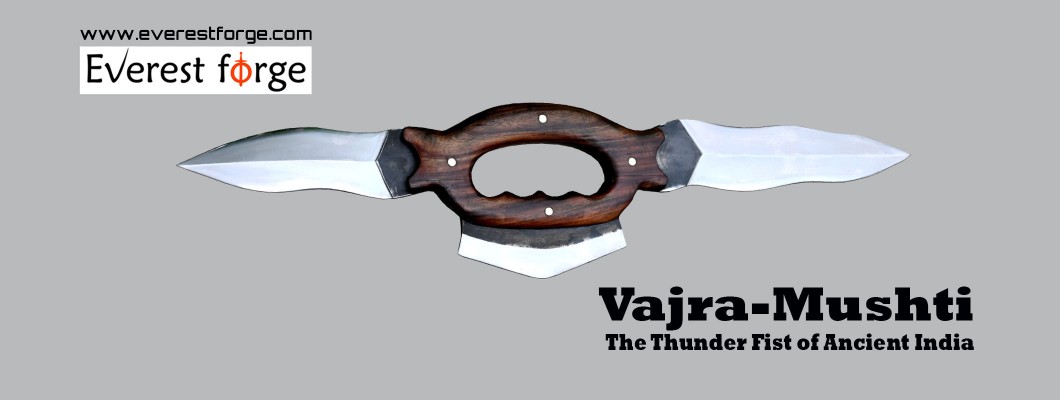
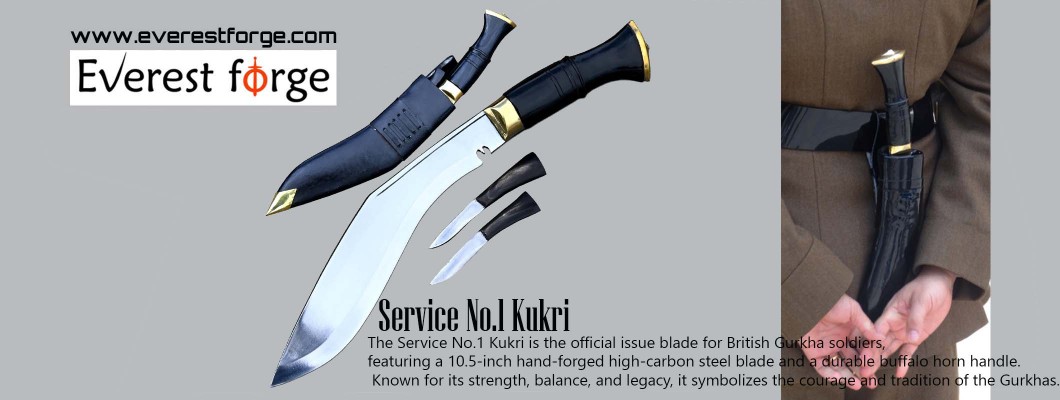
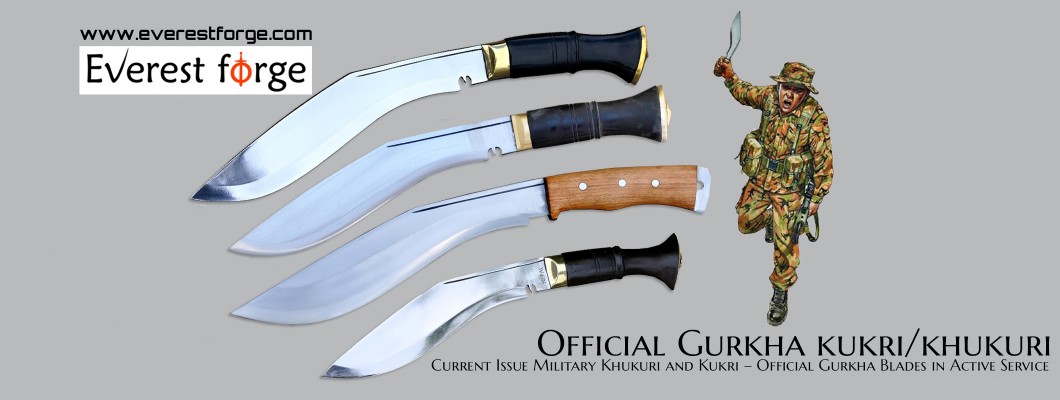
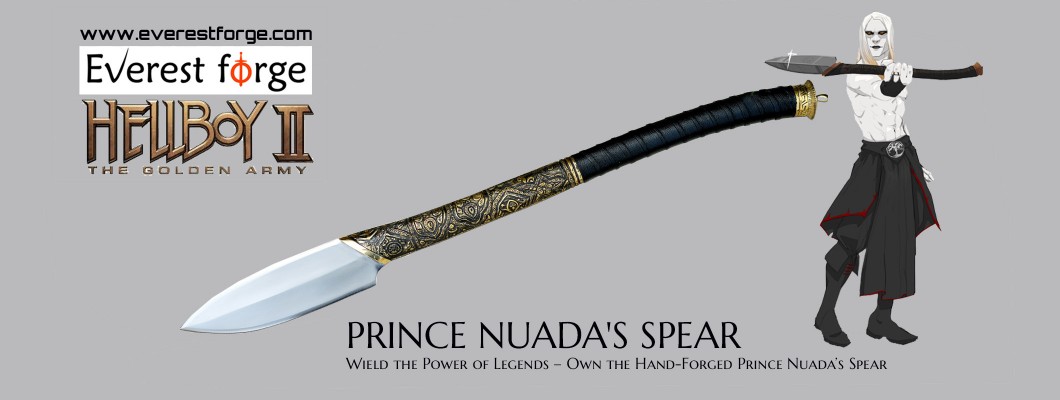

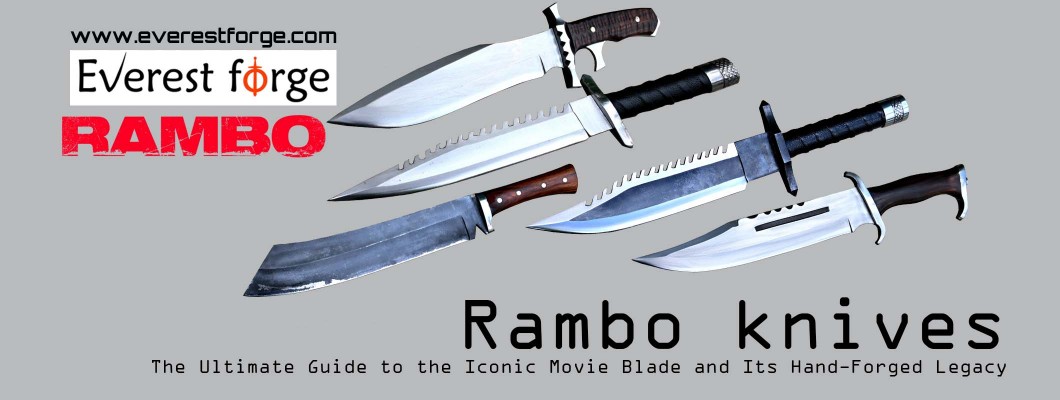





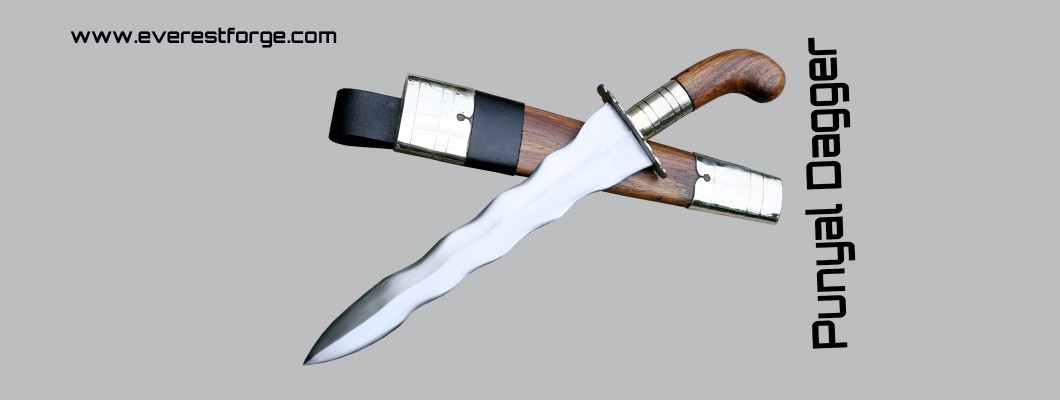
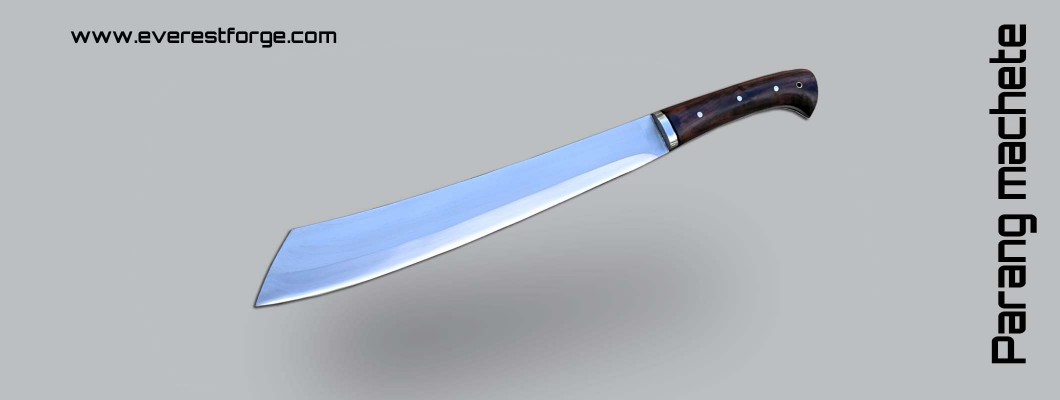
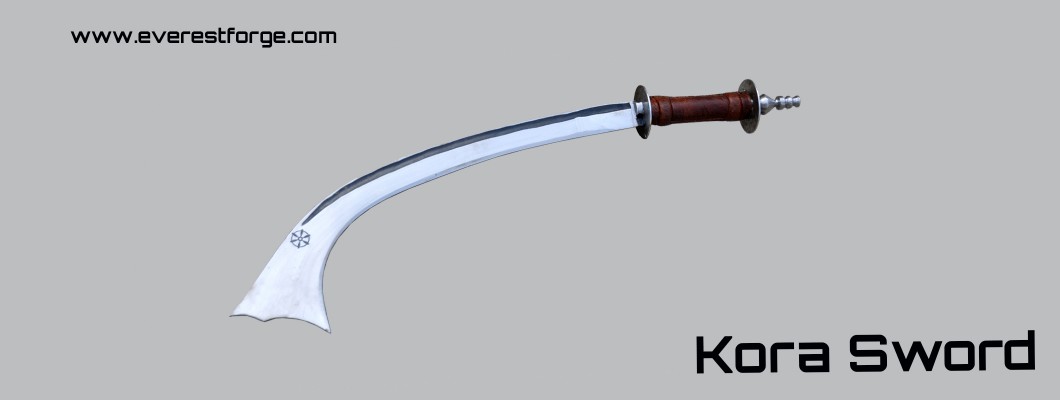
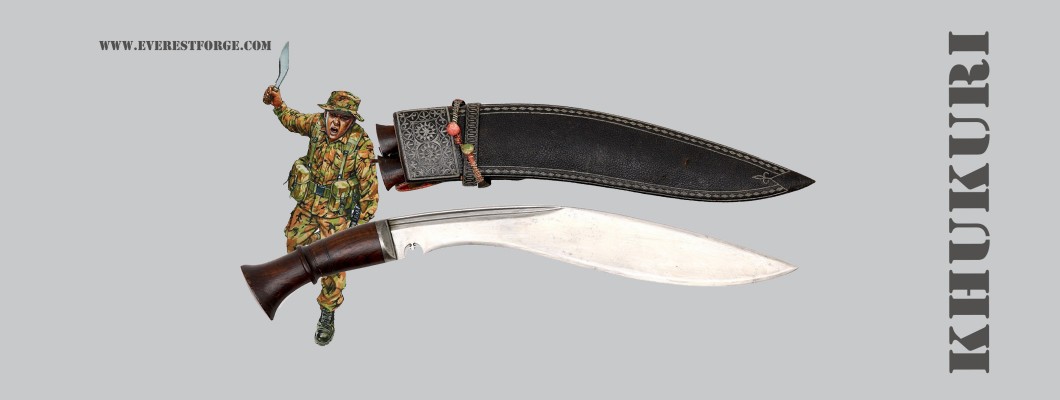
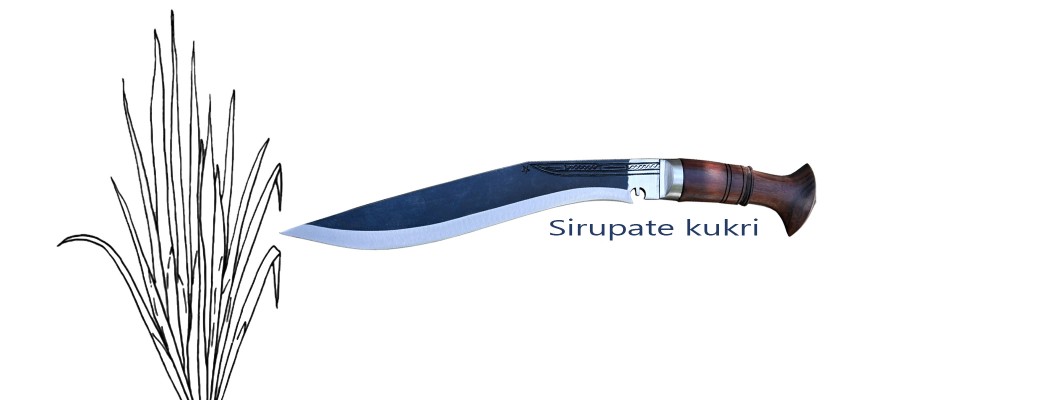
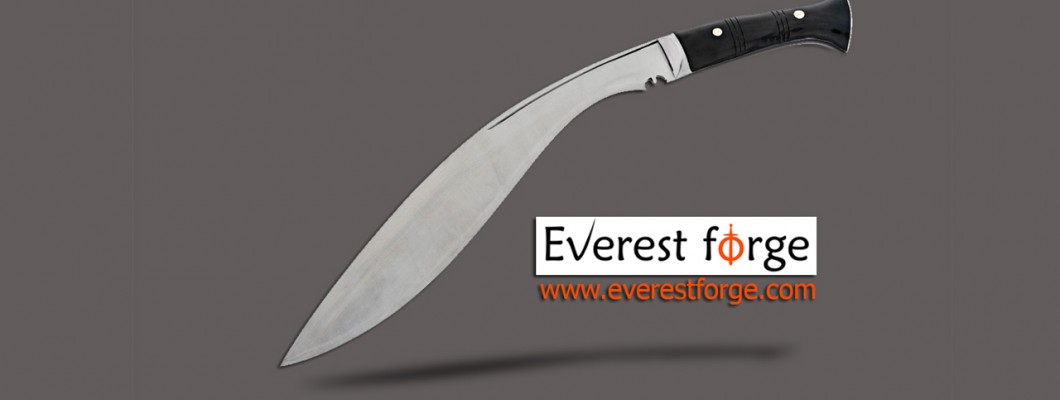
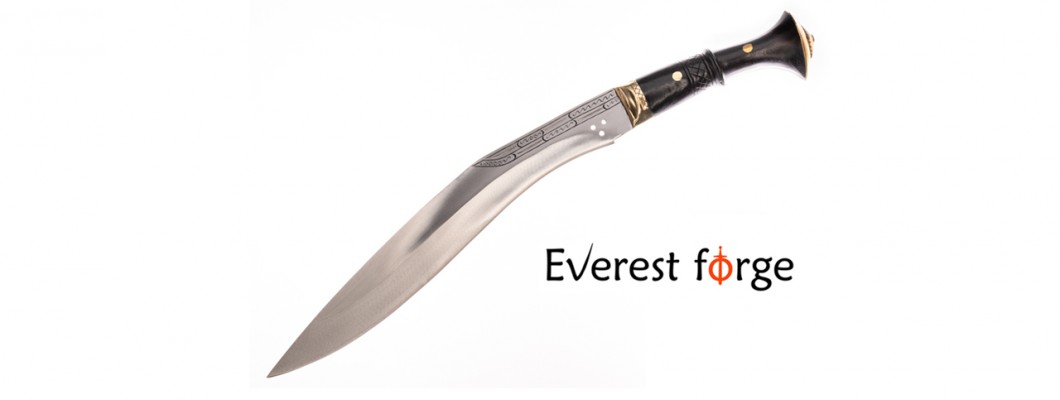
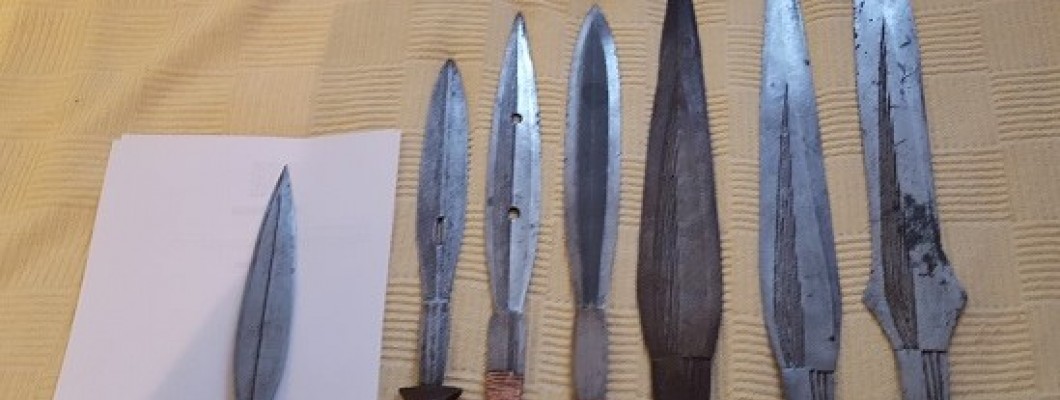
Leave a Comment